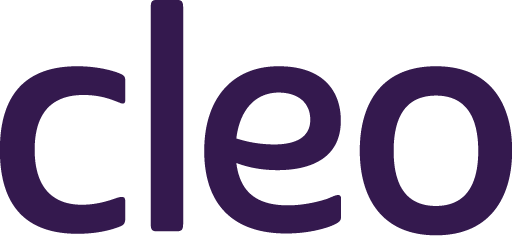A library of building better benefits
Balancing acts: Navigating burnout, caregiving, and total well-being [WEBINAR REPLAY]
Watch this free replay of Cleo’s webinar with a national strategy leader at Mercer on how employers should think about wellbeing.
How Cleo defines “family” — and why it matters
Different individuals define “family” differently. Cleo is here to support you and those close to you, however you define it.
How to Use Employee Resource Groups (ERGs) to Create Change at Your Organization
ERGs are voluntary, employee-led groups that serve as a platform for employees to drive initiatives to improve the workplace environment.
The strategic advantage of offering menopause support to your employees
Menopause is often accompanied by a wide variety of debilitating symptoms, such as insomnia, memory problems, mood changes, anxiety, and depression — which, of course, affect how well employees can perform their jobs.
12 reasons why benefits leaders shouldn’t wait to bring in caregiving support benefits
As caregivers increase in both number and recognition, bringing benefits in to help them supports both employees and the employer.
Balancing Self-Care and Seeking Support: A Guide for Caregivers
It’s crucial to strike a balance between attending to your own needs and seeking help when necessary. Use this guide to help.
How to request a new benefit from your employer
Think your company should be offering a family benefit? Let them know. We share step-by-step guidance, complete with data and talking points.
Not just for expecting parents: Everything new with the new Cleo
If it’s been a while since you checked in with Cleo, check out all of the exciting new broader and deeper benefit offerings we’ve added.
A snapshot of caregiver population health: Introducing the first-ever Family Health Index quarterly report
Download your copy to better understand the health risks of parents and caregivers in today’s workforce.




